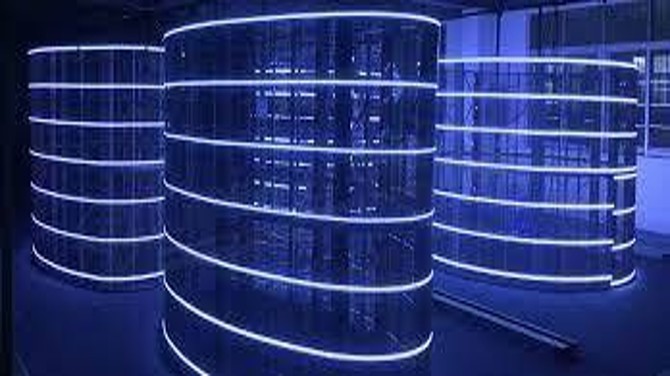Transparent LED technology is an exciting advancement in the world of displays. These displays allow content to be displayed on a transparent surface, creating a captivating and futuristic visual experience. Here's an overview of transparent LED technology in 70 lines:
Transparent LED technology revolutionizes visual displays, offering a unique blend of aesthetics and functionality. Unlike traditional screens, transparent LED displays allow viewers to see through the screen while still delivering high-quality images and videos.
These transparent displays use a grid of micro LEDs (Light Emitting Diodes) embedded in a transparent material, like glass or acrylic. When the LEDs are off, the screen remains clear, allowing natural light to pass through.
One of the key advantages of transparent LED displays is their ability to merge digital content with real-world environments. This makes them an ideal choice for applications such as retail storefronts, museums, exhibitions, and even architectural installations.
The transparent LED technology has seen rapid advancements in recent years, resulting in displays that offer high brightness, vibrant colors, and wide viewing angles. This allows for content to be visible even in brightly lit environments.
Additionally, transparent LED displays can be customized in terms of size and shape, making them suitable for various creative and architectural designs. They can be installed as freestanding displays, windows, partitions, or even as interactive touchscreens.
The use of transparent LED technology is not limited to static images or videos. These displays can also be interactive, enabling touch and gesture-based interactions, creating engaging user experiences.
In retail, transparent LED displays can turn store windows into dynamic advertising platforms, attracting customers with eye-catching visuals and promotions. These displays can change content in real-time, making them highly versatile.
Museums and exhibitions benefit from the ability to overlay information on exhibits without obstructing the view, enhancing the visitor's experience by providing relevant content.
Architectural applications include integrating transparent LED displays into building facades, adding a modern and dynamic element to the architecture, and even serving as a source of information or art.
These displays can also be used for presentations and informational purposes in corporate settings, adding a contemporary touch to conference rooms and lobbies.
While transparent LED technology offers numerous advantages, it does come with some challenges, such as cost and maintenance. However, as technology continues to advance, these challenges are gradually being addressed.
The environmental impact of transparent LED displays is also a consideration, with energy efficiency being a key concern. Manufacturers are working on improving energy efficiency to reduce the carbon footprint.
In conclusion, transparent LED technology is a groundbreaking innovation in visual displays that bridges the gap between the digital and physical worlds. With its adaptability, interactivity, and aesthetic appeal, it has the potential to transform various industries and spaces, offering a glimpse into the future of visual communication.









